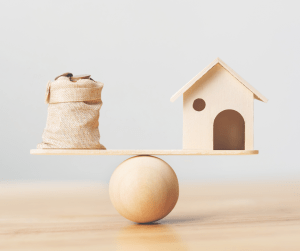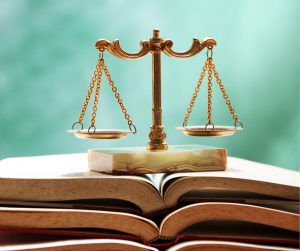The latest news for New Zealand Landlords and Tenants
What you need to know about the Residential Tenancies Act amendment 2019
Tenancy law is experiencing some changes, thanks to the Residential Tenancies Act Amendment. This is a document that builds on the 1986 RTA and revisits situations such as:
- Tenant liability for damage
- Unlawful residential premises (e.g. converted garages and sleep outs) and
- The contamination of premises
It proposes some changes. And yes – from the 26th of August 2019, these changes are now law. If you are a landlord or a tenant, it is important to understand what these changes are and how they will affect you. Here is all you need to know about the Residential Tenancies Act amendment in 2019.
Tenant liability for damage
“Who pays for what when it’s broken?“: This question is a common one for landlords and tenants. Now landlords can rest a little easier knowing that liability can fall in the hands of tenants when the damage is careless. If a tenant causes damage to a rental due to careless behaviour, they are liable for paying:
- the cost of damage (up to a maximum of four weeks’ rent) or
- the landlord’s insurance excess.
The answer to the options above depends on which is cheapest. This change also sees a requirement for landlords to now share insurance details in any new tenancy agreement. Tenants already in an existing lease can also request to have access to this. What happens if landlords do not provide this information, or do not tell tenants when this information changes? They could be liable for a financial penalty of up to $500.
For more information on this part of the act, see here.
Unlawful residential premises
Prior to this amendment, tenants who lived in unlawful residential premises, such as sheds or converted garages, were not always legally protected. The new act changes this by amending the definition of a “residential premises” and making room for all premises in the act – whether they can be legally lived in or not.
Now any premises that are lived in or intended to be lived in are considered residential premises. This gives the Tenancy Tribunal full authority in disputes and cases related to premises that are not sufficient for living.
For more information on this part of the act, see here.
Contamination of premises
Since the Gluckman report suggested different levels of meth contamination were “safe” in comparison to those the RTA had set out, contamination of premises has been a little up in the air.
This changes with the new act as the RTAA gives flexibility for new regulations in relation to meth contamination and “safe” levels. Something that will take place over the next year.
Not only will we see new “safe” levels of contamination, but there are also new testing laws. Landlords can now test for methamphetamine in their properties while the tenants are living there. They will need to provide 48 hours notice before doing so and they will also need to:
- tell the tenant what they are testing for and
- share the results (in writing) within 7 days of receiving them.
Another important note to take from this change is that landlords will not be able to knowingly rent properties that are contaminated above the prescribed “safe” levels. Once these are established, landlords will need to decontaminate properties to meet these levels or they will face a fine of up to $4,000.
Conclusion
The amendments to the RTA address some of the renting issues that the 1986 law could not resolve. Now there is:
- more security for landlords when it comes to careless damage and
- more security for tenants when it comes to poor living conditions.
There will also be better security for both landlords and tenants when it comes to contaminated properties as testing is easier, and not showing safe levels will result in a fine.
For a more in-depth look at all of these changes, see this write-up from Tenancy services.




